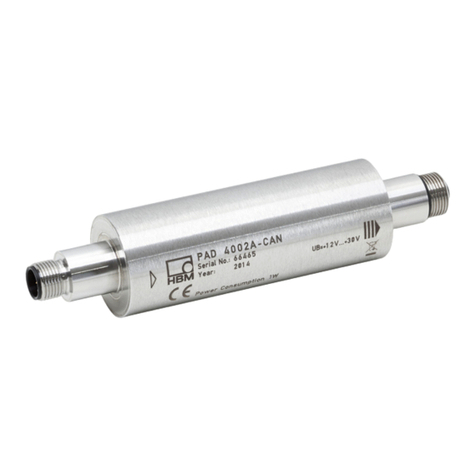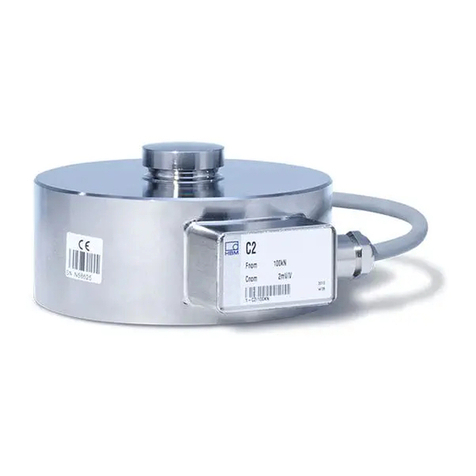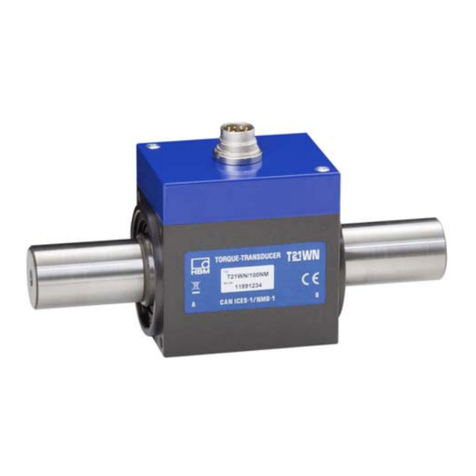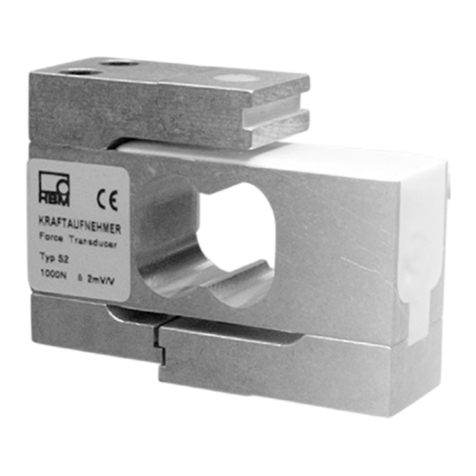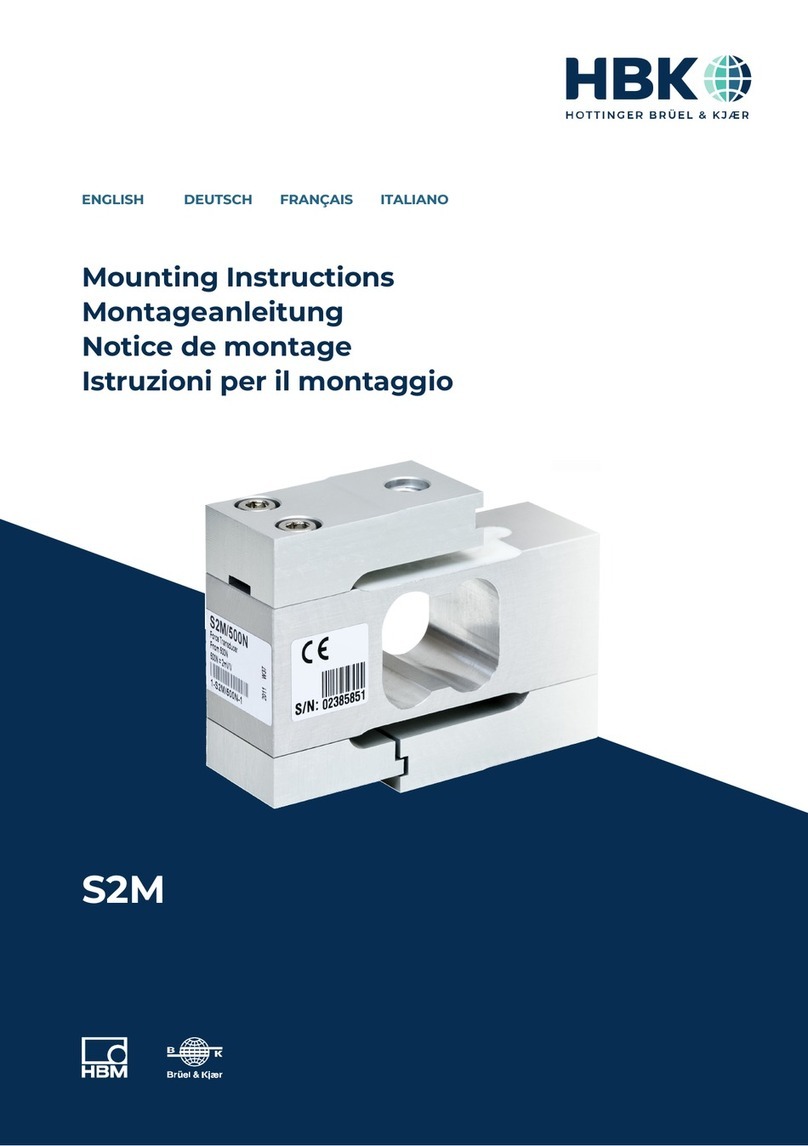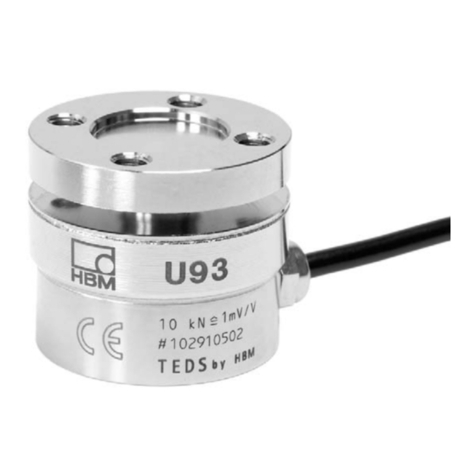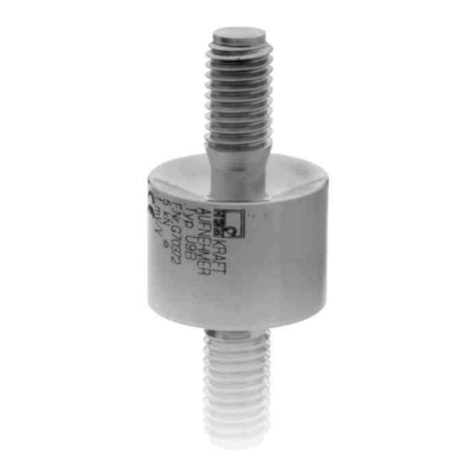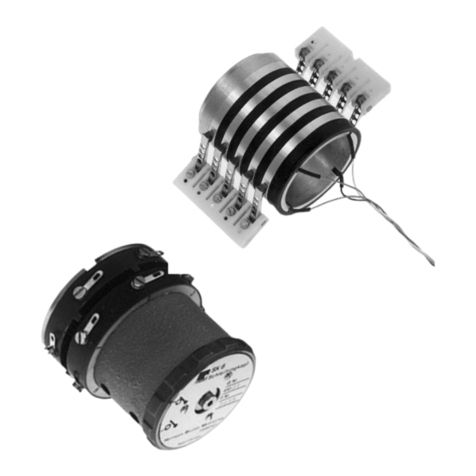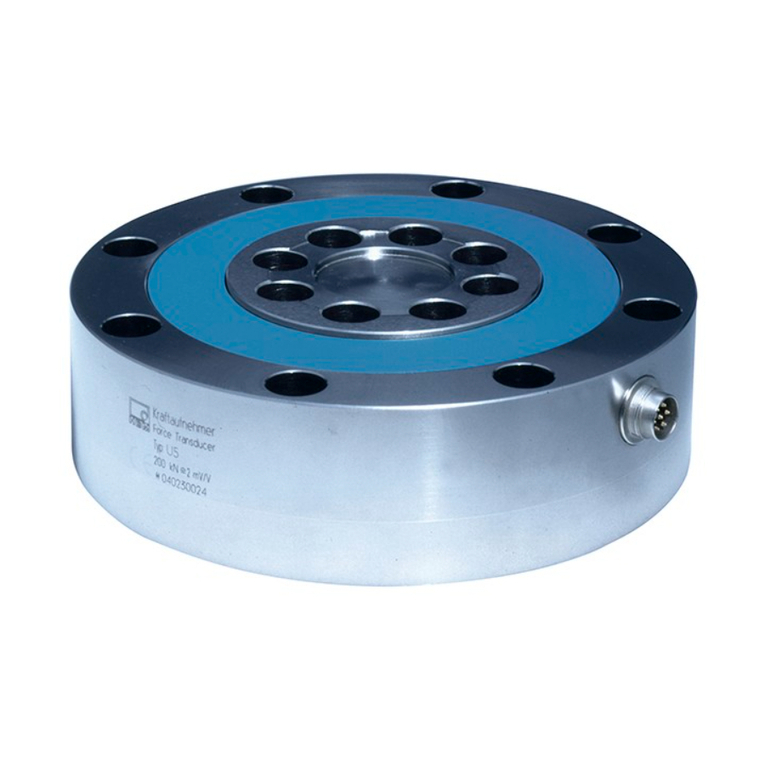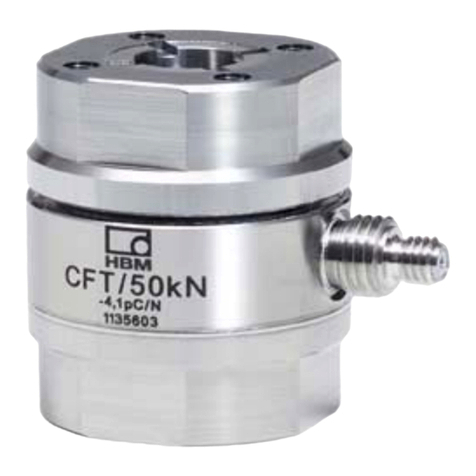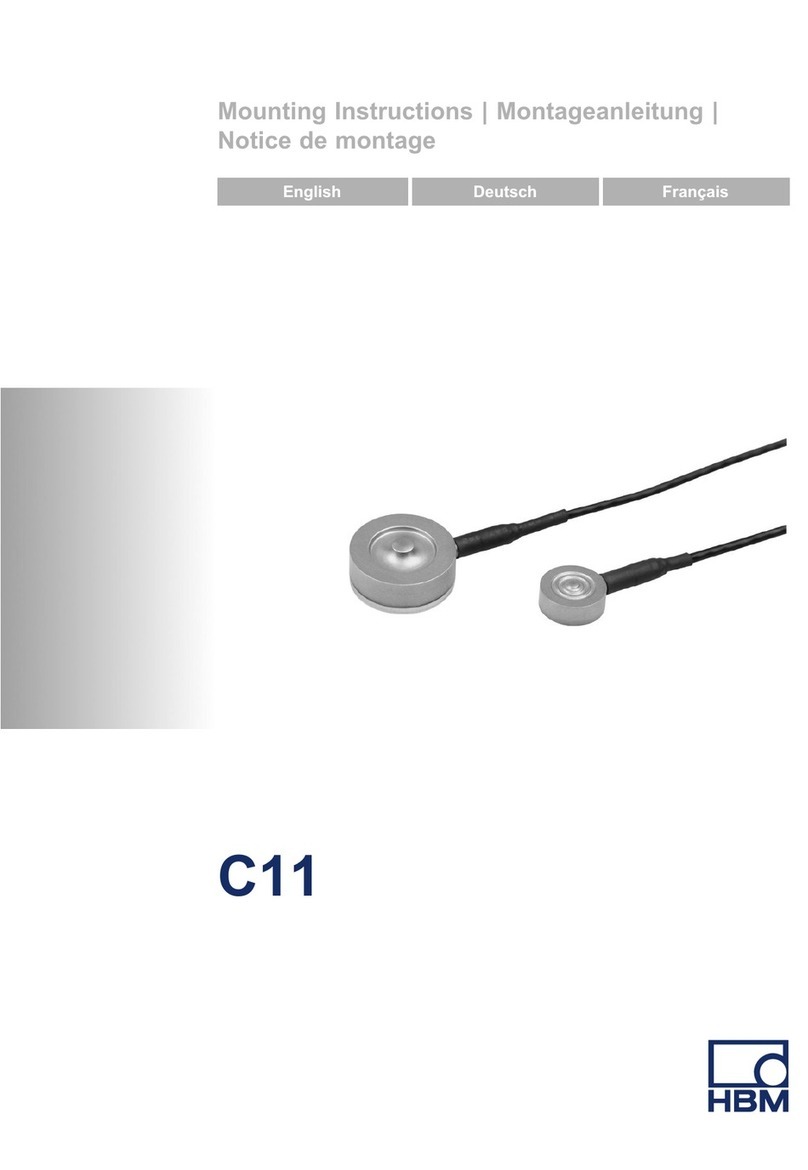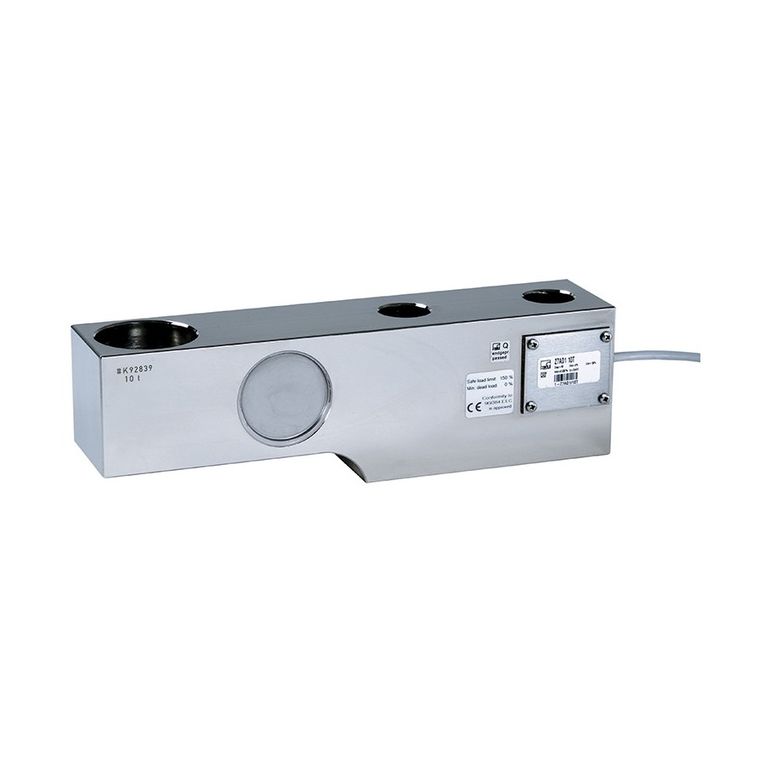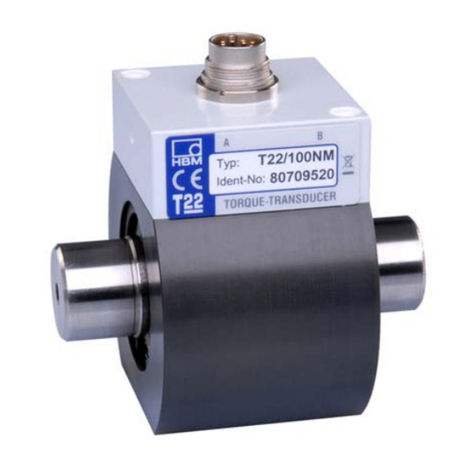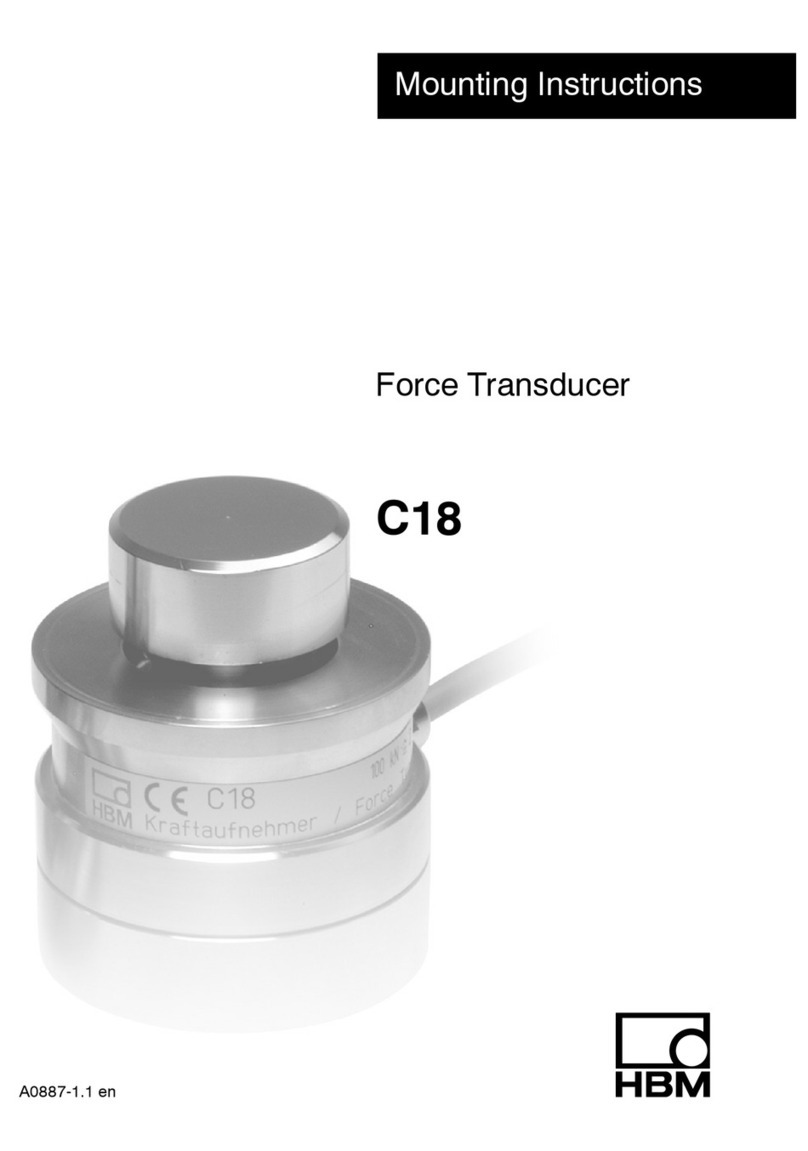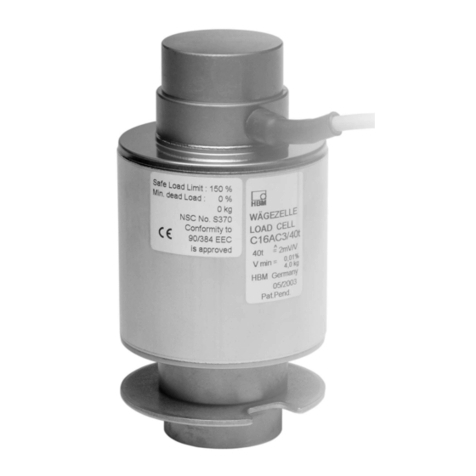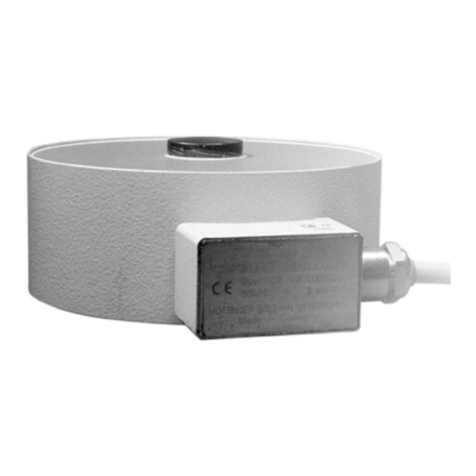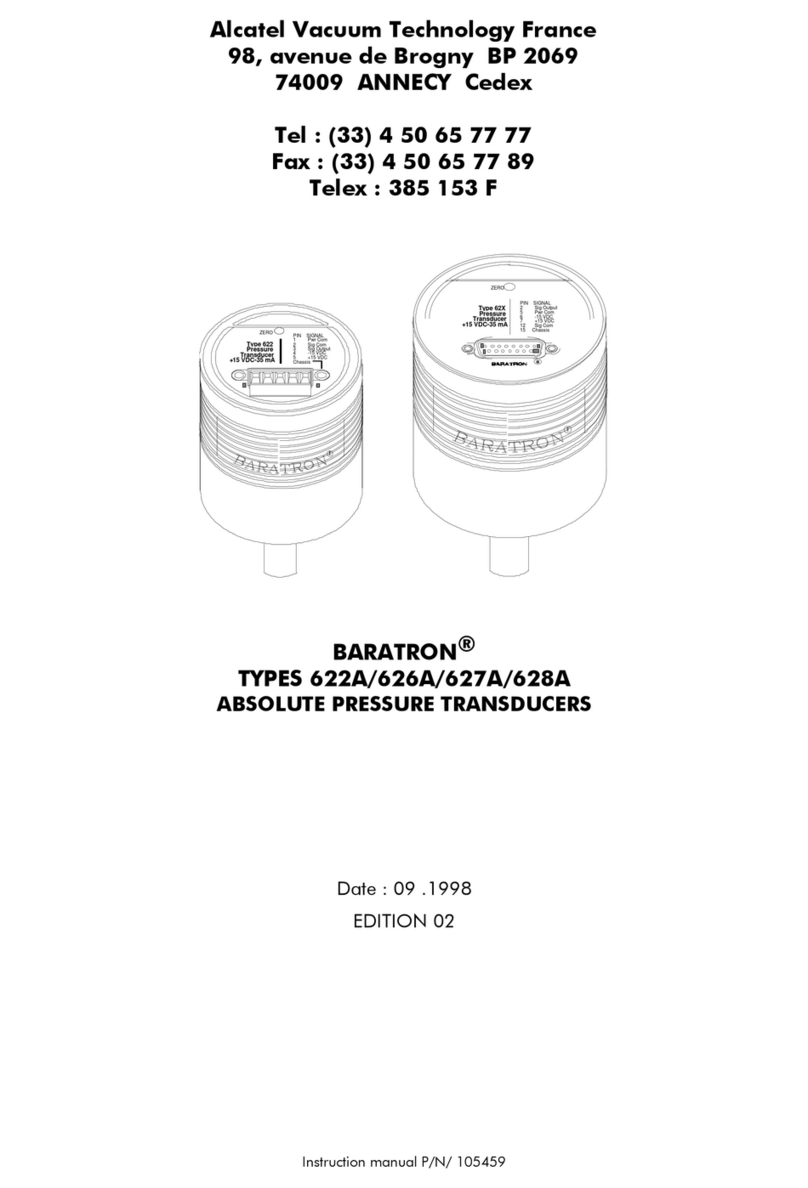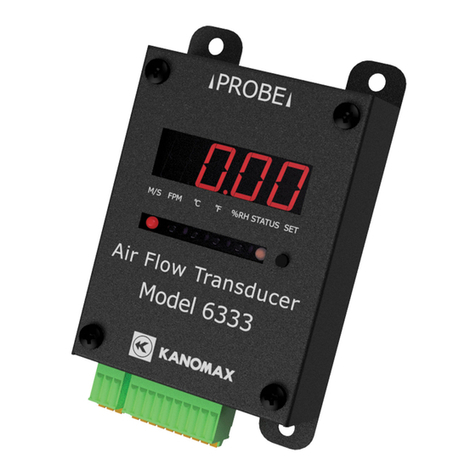
5
P3…/P3 Top Class
A2239-3.0 en/de/fr HBM
General dangers of failing to follow the safety instructions
The pressure transducer corresponds to the state of the art and is failsafe.
The device may give rise to remaining dangers if it is inappropriately installed
and operated by untrained personnel.
Any person instructed to carry out installation, commissioning, maintenance or
repair of the device must have read and understood the Operating Manual and
in particular the technical safety instructions.
Accident prevention
You must make sure that the line is not under pressure when installing or
removing the pressure transducer.
Conversions and modifications
The pressure transducer must not be modified from the design or safety
engineering point of view except with our express agreement. Any modification
shall exclude all liability on our part for any damage resulting therefrom.
Qualified personnel
The pressure transducer is only to be installed and used by qualified
personnel, strictly in accordance with the specifications and with the safety
rules and regulations which follow. It is also essential to comply with the legal
and safety requirements for the application concerned during use. The same
applies to the use of accessories.
Qualified personnel means persons entrusted with the installation, assembly,
commissioning and operation of the product, who possess the appropriate
qualifications for their function.
Once the pressure device has been mounted, it must be tested.
The manometers themselves are not systems that need monitoring, but if
necessary, recurrent testing can be carried out by competent personnel (bP) as
per §10 of the European Health and Safety at Work Act (BetrSichV).
Recalibration and repair
When you send the transducer back to HBM for calibration or repair, please
specify which pressure medium is being used. It is always possible that
residual medium could be trapped in the measurement aperture. We need this
information so that we can take appropriate action and choose the correct
cleaning agent, where necessary. If we do not know the media, we may have
to refuse to calibrate or repair.






